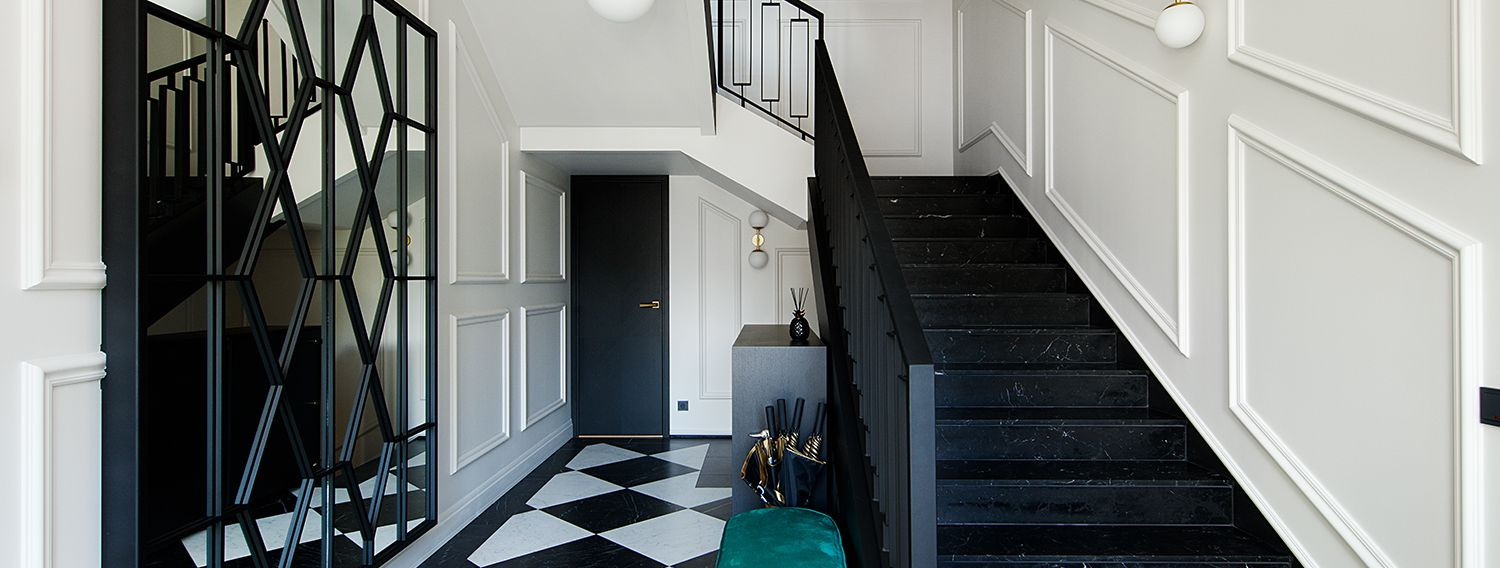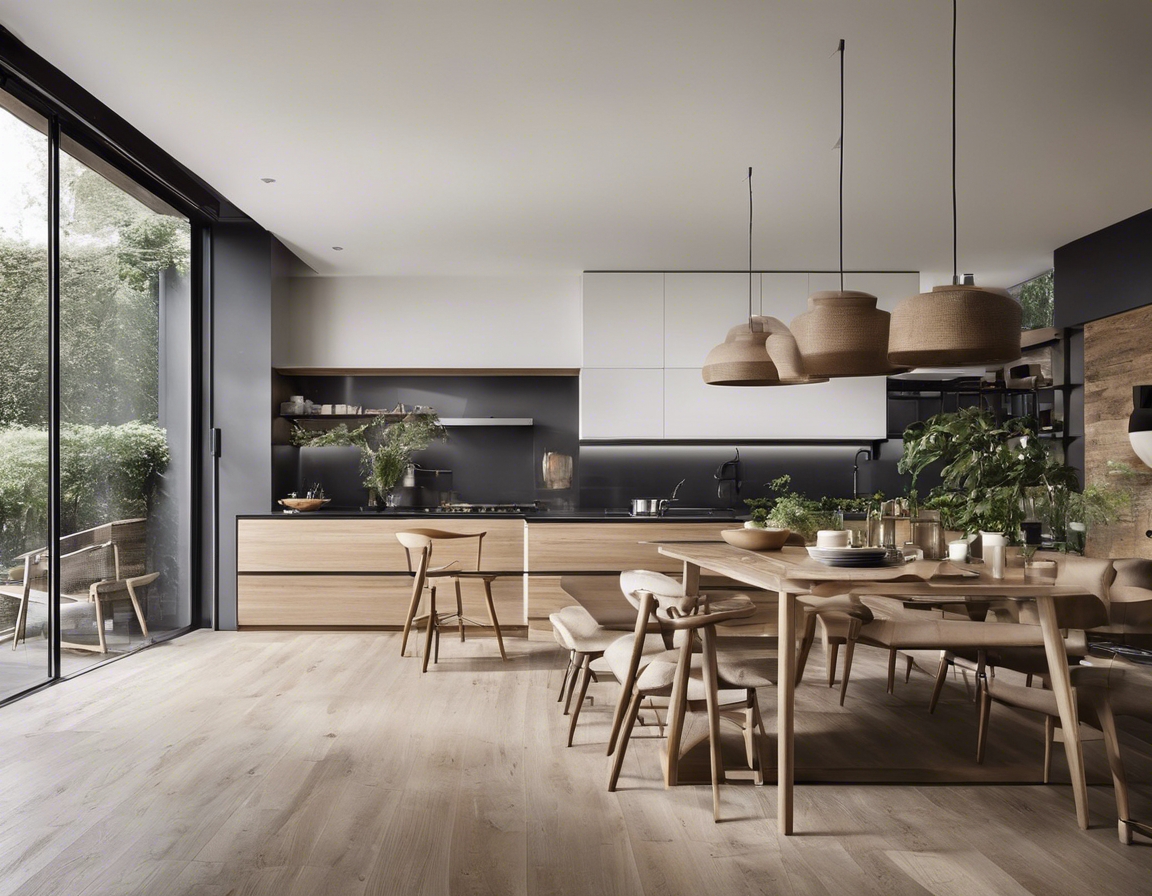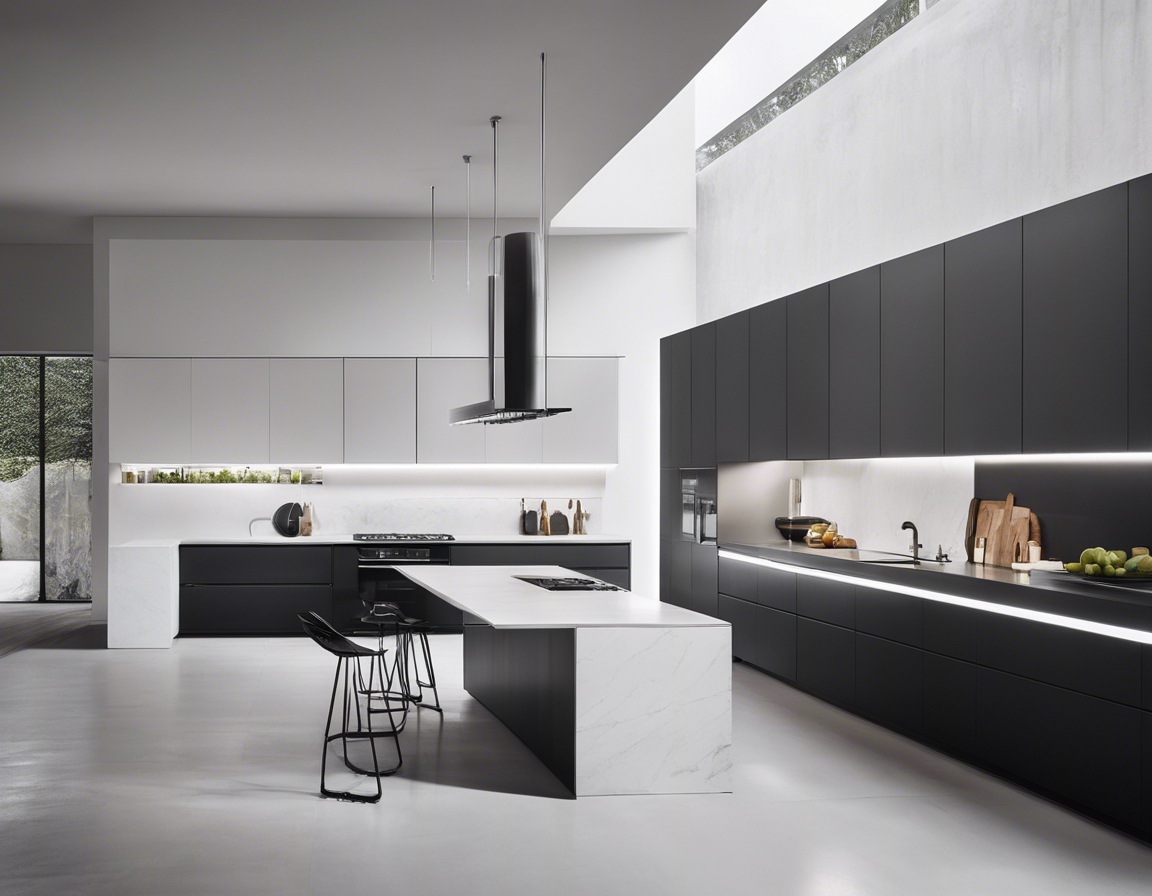Integrating furniture with architecture: a design philosophy
Integrated design is a holistic approach that considers all elements of a space to create a cohesive and harmonious environment. It's about blending the lines between architecture and the furniture that inhabits it, ensuring that each piece complements the other in both form and function.
Cohesiveness in design is not just about visual appeal; it's about creating a seamless experience for those who interact with the space. When furniture is designed with the architecture in mind, it enhances the overall aesthetic and functionality of the room.
The Symbiosis of Furniture and Architecture
Historically, furniture was often created as an integral part of the architectural space, with built-in pieces that were considered a continuation of the building itself. This tradition has influenced contemporary design, where the relationship between furniture and architecture is still highly valued.
In modern design, this philosophy has evolved to include free-standing furniture that still feels intrinsic to the architecture. Designers and architects work together to create pieces that are not only functional but also enhance the structural elements of the space.
Principles of Design Integration
The principle of 'form follows function' is central to integrated design. Furniture should not only be aesthetically pleasing but also serve the purpose for which it was intended, complementing the architectural features of the space.
Choosing the right materials is crucial for achieving a harmonious design. Materials should be selected not only for their beauty but also for their durability and compatibility with the architectural elements of the space.
Color and texture play a significant role in integrated design. The right combination can create a sense of unity and flow throughout the space, tying together the furniture and architectural elements.
Proportion and scale are essential considerations in furniture design. Each piece should be sized and shaped to fit the space it occupies, respecting the dimensions and scale of the surrounding architecture.
Custom Furniture as a Design Element
Custom furniture offers the opportunity to inject personal style and identity into a space. It allows homeowners and businesses to express their unique brand or personality through bespoke pieces that are tailored to their specific needs and tastes.
Custom-designed furniture can also help optimize space, providing solutions that are both functional and aesthetically pleasing. It can be crafted to fit unusual spaces or to serve multiple purposes, maximizing the usability of every square inch.
When furniture is custom-designed to complement the architecture, it contributes to a sense of continuity and flow within the space. This creates a more intuitive and comfortable environment for users.
Challenges and Considerations
One of the biggest challenges in integrating furniture with architecture is finding the right balance between aesthetics and practicality. Furniture must not only look good but also be durable and functional.
Design trends are constantly evolving, and furniture must be designed in a way that it can either adapt to these changes or remain timeless despite them.
Successful integration of furniture and architecture requires close collaboration between designers and craftsmen. This partnership ensures that the vision for the space is realized with precision and artistry.






Comments (0)